Mozambique records around 25,000 cases of cancer per year
Nyusi pays tribute to victims of Wiriyamu Massacre
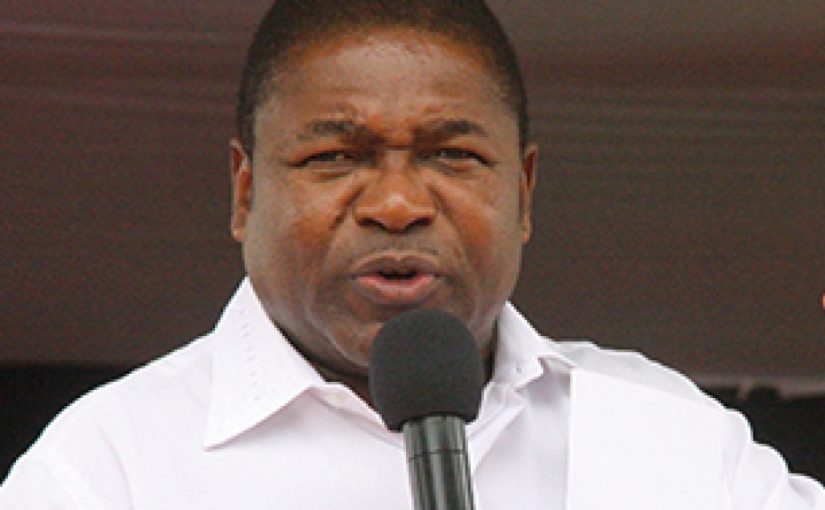
Filipe Jacinto Nyusi, presidente of Mozambique (if file CoM)
Mozambican President Filipe Nyusi declared on Saturday that the village of Wiriyamu, in the western province of Tete, where around 400 people were massacred by Portuguese troops on 16 December 1972, should become a pillar of community development. Nyusi was speaking at a ceremony paying tribute to those who lost their lives, in Wiriyamu, and the nearby villages of Chawola and Juwau. “We urge that efforts be made to rescue our history, and to make this place a pillar of community development, so that the martyrs of Wiryamu remain forever in our hearts”, stressed the President.
The monument built in Wiryamu, he added, symbolizes all the other massacres that occurred in various parts of Mozambique during the national liberation struggle – these included the notorious massacre at Mueda, in Cabo Delgado province in 1960, and lesser known mass killings at Inhaminga, in Sofala, and Daque, in Tete. “ This country. Mozambique, must be defended because its liberation cost so much bloodshed”, declared Nyusi. The dates of the massacres were painful memories, he said, but also sources of inspiration. Nyusi announced that next year a health centre, with maternity facilities, will be
built in Wiriyamu. The crowd at the rally were delighted by the news, since currently sick people must travel 25 kilometres to seek medical care. During the ceremony, Nyusi laid a wreath at the monument, and three survivors gave harrowing accounts of the massacre. Wiriyami achieved more fame than the sites of other colonial massacres because a Catholic priest, Adrian Hastings, of the missionary society, the White Fathers, investigated, and published his findings in “The Times” of London.
He could confirm that soldiers of the colonial army’s Sixth Commando company had rampaged through Wiriyamu, Chawola and Juwau in December 1972, killing about 400 people. The Portuguese regime counter-attacked. The Archbishop of Lourenco Marques ranted about “Marxist priests”, and tame right-wing journalists claimed they couldn’t find Wiriyamu on the maps (like most African villages, in fact). But Hastings and fellow members of the White Fathers order were credible, and eye witnesses could be located. Unfortunately for the regime. Hastings’ account appeared in “The Times”, just days before the Portuguese fascist Prime Minister, Marcelo Caetano, made a visit to London to celebrate the 600th anniversary of the largely fictitious Anglo-Portuguese alliance. The revelations of the massacre doubtless swelled attendance at the anti-fascist demonstrations that greeted Caetano wherever he went in Britain. The dead of Wiriyamu would haunt the regime until its collapse less than a year later in the Lisbon coup of 25 April 1974


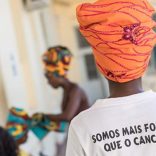


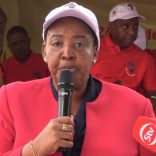



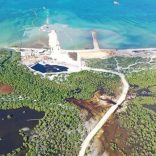
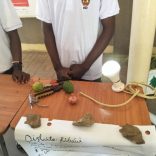

Leave a Reply
Be the First to Comment!
You must be logged in to post a comment.
You must be logged in to post a comment.